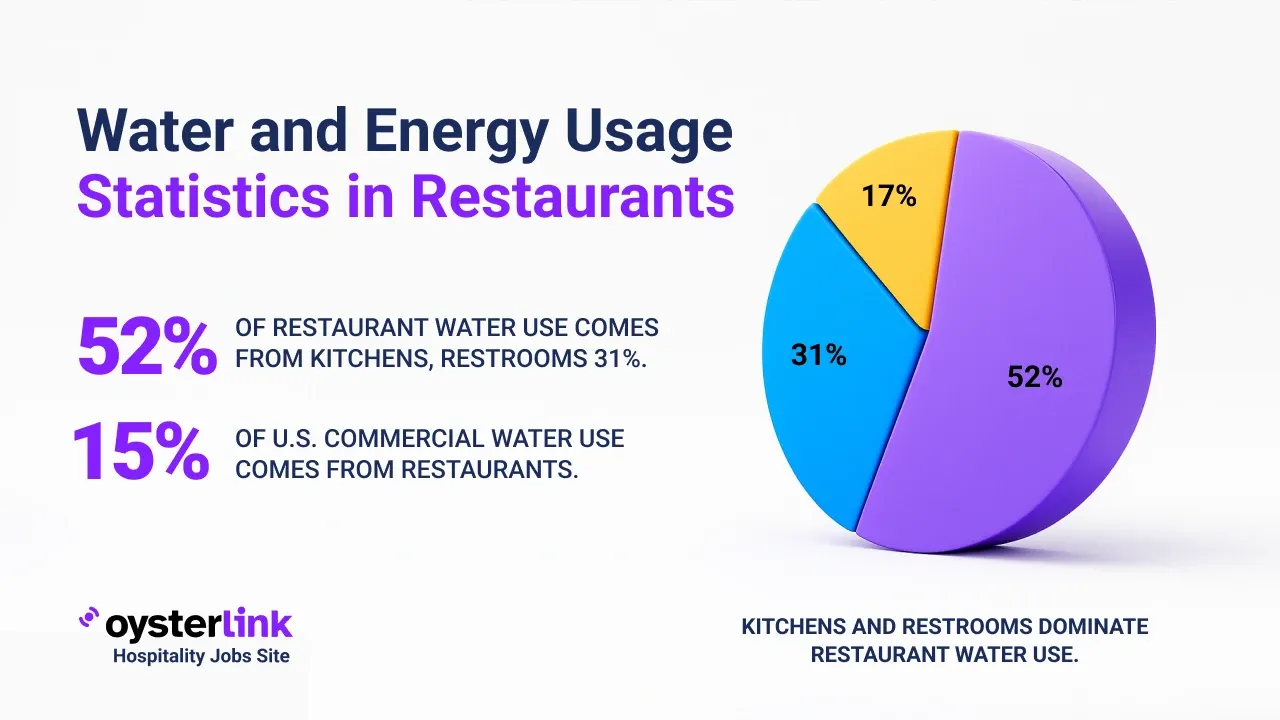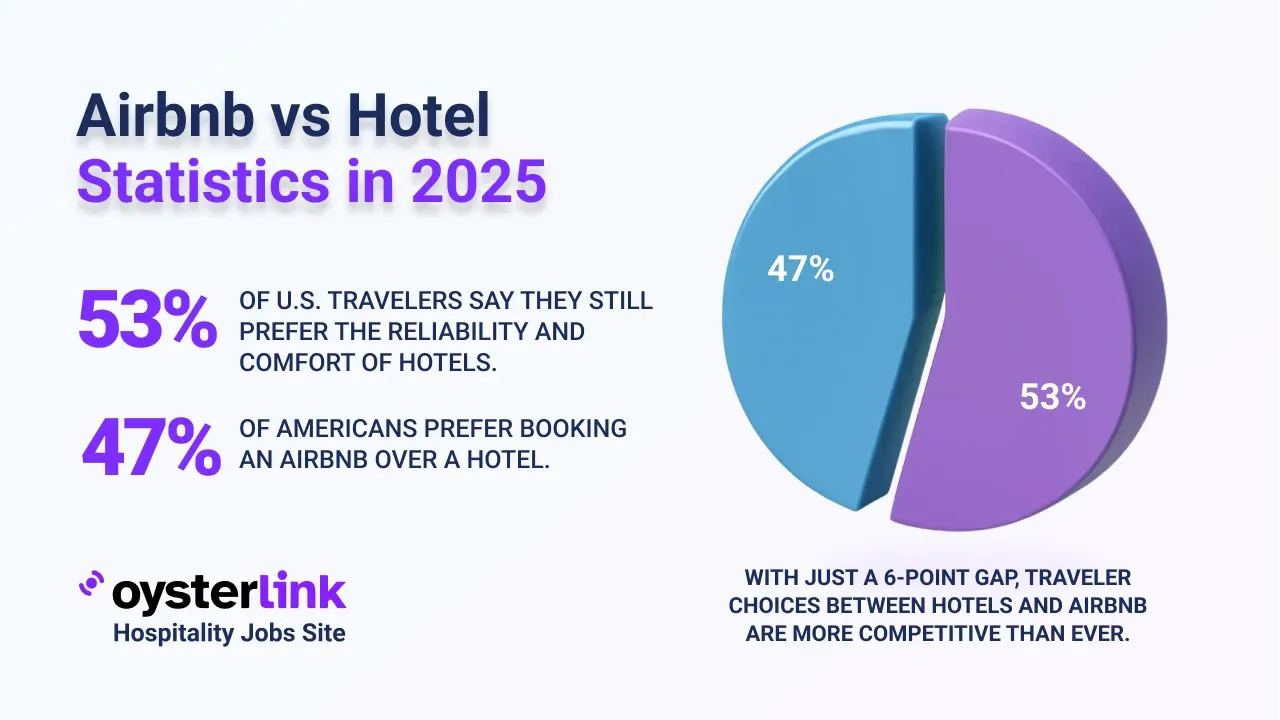West Virginia Cost of Living: Quick Takeaways
- Housing Costs: The average rent for a one-bedroom apartment in West Virginia has increased from $500 in 2010 to $700 in 2025.
- Transportation Expenses: Public transit fares are affordable with a one-way ticket costing $1.50, but transportation costs overall are 4% above national averages.
- Healthcare Costs: Monthly employer-sponsored health insurance premiums average $150, which is 8% lower than national averages.
- Income Levels: Median household income is projected to be $52,460 in 2025, showing steady growth since 2010.
West Virginia offers a cost of living that is generally lower than the national average, especially in housing and healthcare costs. This article provides a detailed breakdown of expenses to understand what residents can expect in 2025.
From housing to taxes to personal expenses, we'll explore the components that shape the financial landscape in West Virginia.
1. Housing Costs in West Virginia
Housing remains one of the largest living expense components. Below is the historical average rent price for a one-bedroom apartment:
- 2010: $500
- 2015: $550
- 2020: $600
- 2024: $650
- 2025: $700
Rent prices show a slow but steady increase over the past decade and into 2025, reflecting market changes and demand in West Virginia.
2. Homeownership and Real Estate Trends in West Virginia
For prospective homeowners, real estate prices have likewise risen in recent years:
- 2010: Median home price was around $120,000
- 2015: Increased to $130,000
- 2020: Rose to $150,000
- 2024: Reached $165,000
- 2025: Expected to be approximately $170,904
This gradual appreciation shows an affordable housing market compared to national levels.
Owners and operators can benefit from insights in hospitality real estate market trends to better understand investment opportunities.
3. Transportation Expenses in West Virginia
Transportation options and associated costs include:
- Public Transit: One-way fare averages $1.50 with monthly passes costing $50.
- Fuel Costs: Gasoline is around $3.00 per gallon as of 2025.
- Vehicle Maintenance: Annual costs typically total about $1,000.
While public transit fares are reasonable, transportation costs overall are slightly above average nationally.
4. Utility Costs in West Virginia
Monthly utility expenses for an average household sum up to approximately:
- Electricity: $100.00
- Internet: $50.00
- Total Utilities: $150.00
These composites reflect typical usage and local pricing in West Virginia.
5. Grocery and Food Expenses in West Virginia
Food costs are largely in line with the lower cost of living:
Monthly grocery cost per person is estimated at $300.00. Dining out prices average $12 for casual meals and about $40 for mid-range restaurant options.
For restaurant owners, understanding restaurant consumer trends can help plan menus and pricing strategies that align with local spending habits.
6. Healthcare Costs in West Virginia
Healthcare expenditures involve both insurance premiums and out-of-pocket fees:
Employer-sponsored health insurance averages around $150.00 monthly. Silver plan options cost about $500 monthly, with overall health expenses 8% less than national averages.
7. Educational Expenses in West Virginia
Education costs vary widely across the state:
- Public Schools: Free and funded by taxes.
- Private School Tuition: Averages $10,000 annually.
- In-State University Tuition: Approximately $8,000 per year.
The investment in education is relatively affordable, particularly for public schooling.
8. Entertainment and Leisure in West Virginia
Entertainment expenses include:
- Movie Tickets: About $10 each.
- Gym Memberships: Average $30 per month.
- Dining at Mid-Range Restaurants: Roughly $40 per meal.
Annual entertainment and personal care services cost around $2,600 combined, contributing to residents' quality of life.
9. Taxes and Miscellaneous Fees in West Virginia
Essential tax information for residents:
- State Income Tax: Ranges between 3% and 6.5% depending on income bracket.
- Sales Tax: Total rate is 6%.
- Property Tax: Approximately 0.59% of assessed value annually.
These taxes influence annual financial planning for households across the state.
Restaurant owners should consider tax tips for restaurant owners to optimize their business financials in light of local tax rates.
10. Childcare and Family Expenses in West Virginia
Family-related costs are notable considerations:
- Daycare: Averages $700 per month.
- After-School Programs: Around $200 monthly.
- Extracurricular Activities: Estimated at $100 per month.
These costs add to the overall household budget, especially for families with young children.
11. Clothing and Personal Care in West Virginia
Expenditures for clothing and personal care items are moderate:
- Clothing: Approximately $100 monthly.
- Personal Care Products and Services: About $50 monthly, including grooming essentials.
Spending in these categories aligns with the state's overall cost trends.
12. Insurance Costs in West Virginia
Insurance is a necessary element of living expenses:
- Health Insurance: Average monthly premium is $500 for standard plans.
- Auto Insurance: Annual premiums average $1,200.
- Homeowners Insurance: Typically costs about $1,000 annually.
- Renters Insurance: Around $200 yearly.
These premiums vary depending on coverage and individual circumstances.
Business owners in hospitality might find our restaurant insurance cost article useful for managing risks.
13. Miscellaneous Expenses in West Virginia
Additional living costs include:
- Entertainment: Annual spending averages $2,000.
- Personal Care Services: About $600 yearly.
- Miscellaneous Goods and Services: Around $500 annually.
These varied expenses contribute to the overall lifestyle affordability.
14. Income and Salaries in West Virginia
Median household income reveals economic trends:
- 2010: Approximately $40,000
- 2015: Increased to $45,000
- 2020: Rose to $50,000
- 2023 and 2025: Steady at $52,460
Income growth has been consistent, supporting gradual improvements in living standards.
For those interested in restaurant careers, reviewing top paying restaurant jobs can provide insight into potential income opportunities within hospitality.
15. Comparison with National Averages
West Virginia's cost of living compared with national averages:
- Overall Cost of Living: About 9.5% lower than the U.S. average.
- Housing: Significantly more affordable, roughly 21.4% lower.
- Utilities: Approximately 6% cheaper.
- Food: Around 4% less costly.
- Healthcare: 8% below national rates.
- Transportation: Slightly higher by 4%.
- Goods and Services: An outlier at 64% higher than average.
This comparison highlights areas of savings and higher expense for residents.
Our Methodology for West Virginia Cost of Living Figures
Data presented here is sourced from reputable platforms including government statistics, insurance providers, transportation agencies and market research firms like Numbeo, Zillow and BLS. In cases of unavailable exact data, reasonable estimates were made to provide a comprehensive overview.
West Virginia Cost of Living: Conclusion
West Virginia continues to offer a relatively affordable cost of living in 2025, characterized by low housing expenses and manageable healthcare costs. Transportation and goods and services costs present some challenges with slightly higher than average prices.
With steady income growth and reasonable education and childcare expenses, West Virginia remains an appealing location for households seeking value and quality of life. Understanding these varied cost components is key to informed decision-making for current and prospective residents alike.
Hospitality employers looking to attract quality candidates in the region may benefit from strategies outlined in how to hire restaurant staff fast, to efficiently build a strong workforce adapted to local economic conditions.

.webp)
.webp)

